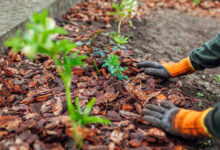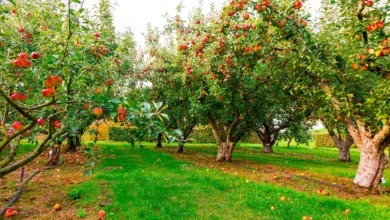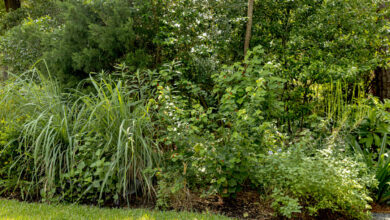Fertilizers vs. Compost Which Is Best for Your Garden
Discover whether Fertilizers vs. Compost work better for your garden. Compare benefits, costs, and application methods for healthier plants and soil.
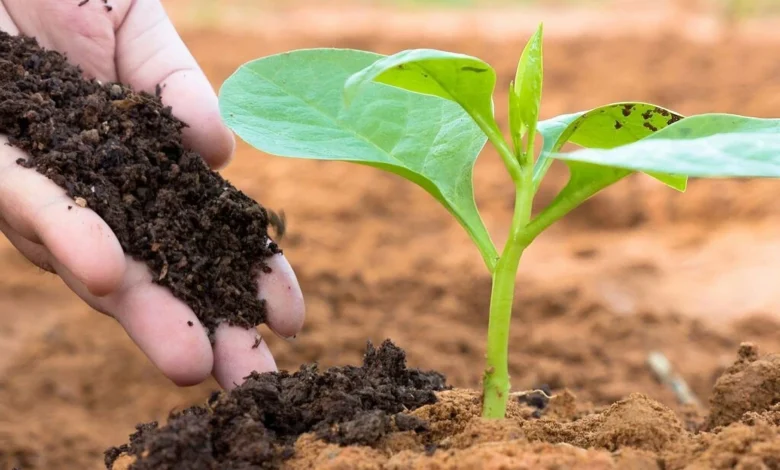
Every gardener faces the fundamental question of how to nourish their plants effectively. The choice between fertilizers vs. compost represents one of the most important decisions you’ll make for your garden’s long-term health and productivity. This comprehensive guide will explore the nuances of both approaches, helping you understand which option—or combination—will work best for your specific gardening needs.
The debate between fertilizers and compost isn’t simply about choosing one over the other; it’s about how each contributes to plant health, soil structure, and environmental sustainability. Whether you’re a beginner gardener starting your first vegetable patch or an experienced horticulturist managing extensive flower beds, the decision between synthetic fertilizers, organic fertilizers, and compost will significantly impact your gardening success.
Modern gardening practices increasingly emphasize sustainable approaches that support both immediate plant nutrition and long-term soil health. Fertilizers vs. Compost offers slow-release nutrients and improves soil structure, while fertilizers provide quick, targeted nutrition that can address specific deficiencies. These differences will empower you to make informed decisions that align with your gardening goals, budget, and environmental values.
This article will examine the science behind both options, compare their benefits and drawbacks, and provide practical guidance for implementing either or both in your garden. By the end, you’ll have the knowledge needed to create a nutrition strategy that maximizes plant health while supporting sustainable gardening practices.
Fertilizers: Types and Benefits
Synthetic Fertilizers: Quick-Acting Plant Nutrition
Synthetic fertilizers represent the conventional approach to plant nutrition, offering concentrated doses of essential nutrients in readily available forms. These manufactured products contain precisely measured amounts of nitrogen (N), phosphorus (P), and potassium (K)—the primary macronutrients plants need for healthy growth. The NPK ratio displayed on fertilizer packages indicates the percentage of each nutrient, allowing gardeners to select products tailored to specific plant needs.
The primary advantage of synthetic fertilizers lies in their immediate availability to plants. Unlike organic alternatives, synthetic nutrients dissolve quickly in soil water, enabling rapid uptake through plant root systems. This characteristic makes synthetic options particularly valuable when addressing acute nutrient deficiencies or providing quick boosts during critical growth periods.
However, synthetic fertilizers focus exclusively on providing nutrients without improving soil structure or supporting beneficial microorganisms. While they can produce impressive short-term results, relying solely on synthetic products may lead to soil degradation over time. The concentrated salts in these products can also harm beneficial soil bacteria and earthworms essential for healthy soil ecosystems.
Organic Fertilizers: Natural Plant Nutrition Solutions
Organic fertilizers bridge the gap between synthetic products and compost, offering concentrated nutrition derived from natural sources. These products include bone meal, blood meal, fish emulsion, kelp meal, and other processed organic materials. Unlike their synthetic counterparts, organic fertilizers release nutrients gradually as soil microorganisms break down the organic matter.
The slow-release nature of organic fertilizers provides several advantages over synthetic options. Plants receive steady nutrition over extended periods, reducing the risk of nutrient burn or excessive growth spurts that can weaken plant structure. Additionally, organic fertilizers contribute organic matter to soil, improving structure and water retention while supporting beneficial microbial activity.
Popular organic fertilizer options include granulated products for general garden use, liquid concentrates for quick application, and specialized blends formulated for specific plant types. While generally more expensive than synthetic alternatives, organic fertilizers offer environmental benefits and longer-lasting soil improvements that justify the additional investment for many gardeners.
Compost: The Foundation of Soil Health
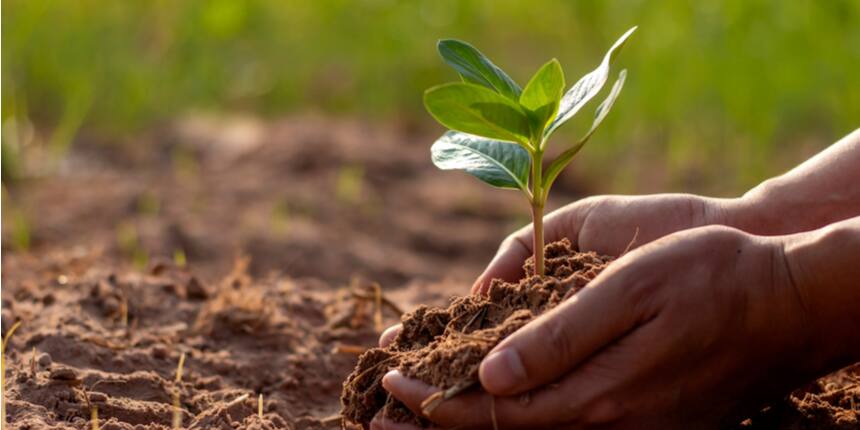
What Is Compost and How Does It Work
Compost represents nature’s recycling system, transforming organic waste materials into nutrient-rich soil amendment through controlled decomposition. This dark, crumbly material results from the breakdown of kitchen scraps, yard waste, and other organic materials by bacteria, fungi, and other decomposer organisms. The composting process creates a balanced ecosystem that produces both plant nutrients and beneficial soil amendments.
The magic of compost extends far beyond simple nutrition. While it does provide essential plant nutrients, its primary value lies in improving soil structure, water retention, and biological activity. Compost particles create spaces in soil that improve drainage while simultaneously increasing the soil’s ability to hold moisture during dry periods. This dual action creates optimal growing conditions for plant roots.
Compost also serves as food and habitat for beneficial soil organisms. Earthworms, beneficial bacteria, fungi, and other microorganisms thrive in compost-rich soil, creating a living ecosystem that continues to benefit plants long after application. These organisms break down organic matter, release nutrients gradually, and protect plants from soil-borne diseases through competitive exclusion and antibiotic production.
Types of Compost for Garden Applications
Different composting methods produce materials with varying characteristics and applications. Hot composting involves actively managing compost piles through regular turning and monitoring, producing finished compost in 3-6 months. This method creates high temperatures that kill weed seeds and pathogens while producing nutrient-rich finished compost suitable for all garden applications.
Cold composting requires less active management but takes 6-18 months to produce finished compost. This passive approach involves layering organic materials and allowing natural decomposition to proceed slowly. While taking longer, cold composting requires minimal effort and produces excellent soil amendment for long-term soil improvement projects.
Vermicompost, created by earthworms, represents a premium compost type with exceptional nutrient density and biological activity. Worm castings contain higher concentrations of available nutrients than traditional compost while maintaining the slow-release characteristics that prevent nutrient burn. Vermicompost also contains beneficial microorganisms that improve plant health and disease resistance.
Fertilizers vs. Compost: Detailed Comparison
Nutrient Content and Availability
The fundamental difference between fertilizers and compost lies in nutrient concentration and availability. Fertilizers contain high concentrations of readily available nutrients, typically ranging from 10-30% total nutrient content. A typical 10-10-10 synthetic fertilizer contains 10% each of nitrogen, phosphorus, and potassium in forms that plants can immediately absorb and utilize.
Compost, by contrast, contains lower nutrient concentrations typically ranging from 0.5-3% for major nutrients. However, these nutrients exist in slow-release forms that provide steady nutrition over months or years. Compost also contains micronutrients—trace elements like iron, manganese, and zinc—that are often absent from synthetic fertilizers but essential for plant health.
The availability timeline differs dramatically between these options. Fertilizers vs. Compost nutrients become available within days or weeks of application, making them ideal for addressing immediate deficiencies or supporting rapid growth phases. Compost nutrients release gradually as soil organisms break down organic matter, providing sustained nutrition that supports consistent plant growth without dramatic growth spurts.
Soil Structure and Long-term Benefits
Compost excels in improving soil physical properties that fertilizers cannot address. The organic matter in compost creates soil aggregates—clusters of soil particles bound together by organic compounds and fungal hyphae. These aggregates improve soil structure by creating pore spaces that enhance both drainage and water retention capacity.
Improved soil structure from compost application benefits root development and plant health in multiple ways. Better drainage prevents waterlogged conditions that can cause root rot, while increased water retention reduces drought stress during dry periods. The improved pore structure also facilitates gas exchange, ensuring adequate oxygen reaches plant roots while allowing carbon dioxide to escape.
Fertilizers, while providing essential nutrients, contribute nothing to soil structure improvement. In fact, repeated applications of synthetic fertilizers without organic matter additions can gradually degrade soil structure. The salt content in synthetic products can disperse soil aggregates, leading to compacted soil with poor drainage and reduced biological activity.
Environmental Impact and Sustainability
The environmental implications of fertilizers vs. compost choices extend well beyond individual garden boundaries. Synthetic fertilizers require significant energy inputs for manufacturing, contributing to greenhouse gas emissions and relying on non-renewable resources. The production of nitrogen fertilizers alone accounts for approximately 1-2% of global energy consumption.
Fertilizer runoff represents a major environmental concern, contributing to water pollution and eutrophication of lakes, rivers, and coastal areas. Excess nutrients from fertilizer applications can create algae blooms that deplete oxygen levels and create dead zones harmful to aquatic life. This problem affects watersheds globally and represents a significant sustainability challenge for modern agriculture and gardening.
Compost offers environmental benefits by diverting organic waste from landfills while reducing the need for synthetic fertilizers. Composting organic waste prevents methane emissions that would otherwise occur in landfill environments, contributing to climate change mitigation efforts. Additionally, compost application improves soil carbon storage, helping sequester atmospheric carbon dioxide in garden soils.
When to Use Fertilizers vs. When to Use Compost
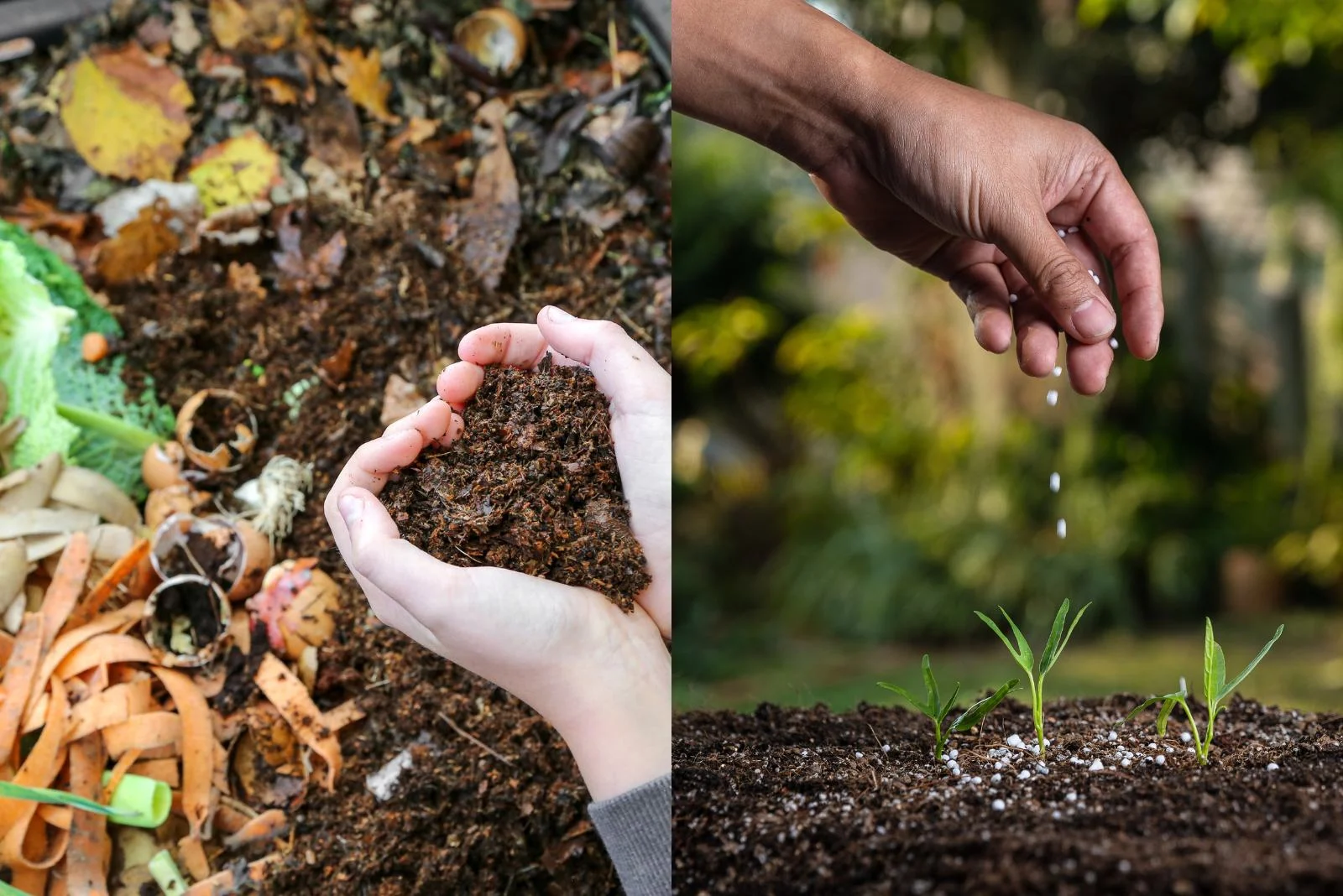
Situations Favoring Fertilizer Applications
Fertilizers become the preferred choice when plants show acute nutrient deficiencies requiring immediate correction. Symptoms like yellowing leaves (nitrogen deficiency), Fertilizers vs. Compost purple leaf margins (phosphorus deficiency), or brown leaf edges (potassium deficiency) indicate that plants need readily available nutrients that fertilizers can provide quickly.
Container gardening situations often favor fertilizer use due to the limited soil volume and frequent watering that leaches nutrients from potting mixes. Container plants depend entirely on applied nutrients since they cannot access nutrients from surrounding soil. Regular fertilizer applications ensure consistent nutrition in these confined growing environments.
High-demand crops during peak growing seasons may benefit from fertilizer supplementation even in compost-rich soils. Heavy-feeding plants like tomatoes, corn, and leafy greens require substantial nutrient inputs during rapid growth phases that compost alone may not supply adequately. Strategic fertilizer applications during these periods can maximize yield and plant health.
Optimal Conditions for Compost Application
Compost works best as a foundational soil improvement strategy applied before planting or during soil preparation phases. Spring applications allow nutrients to become available as plants begin active growth, Fertilizers vs. Compost while fall applications provide time for organic matter breakdown and soil structure improvement during dormant periods.
New garden bed establishment represents an ideal opportunity for generous compost applications. Incorporating 2-4 inches of compost into existing soil creates an improved growing medium that supports plant establishment and long-term health. This approach builds soil organic matter reserves that continue benefiting plants for multiple growing seasons.
Perennial gardens, trees, and shrubs particularly benefit from compost applications due to their long-term growing requirements. These plants develop extensive root systems that can fully utilize the slow-release nutrients and improved soil structure that compost provides. Annual compost applications around established perennials maintain soil health and provide consistent nutrition.
Cost Analysis: Budget Considerations
Initial Investment and Long-term Costs
The financial comparison between fertilizers and compost involves both immediate costs and long-term value considerations. Synthetic fertilizers typically require lower initial investment, with basic NPK fertilizers costing $10-30 for coverage of 1,000-5,000 square feet depending on product concentration and application rates.
Compost purchases involve higher upfront costs, typically ranging from $25-50 per cubic yard for quality finished compost. However, this investment provides multiple benefits including soil structure improvement, water retention, Fertilizers vs. Compost and sustained nutrition that reduce long-term gardening expenses. A cubic yard of compost can improve 100-200 square feet of garden bed depending on application depth.
Long-term cost analysis favors compost for most gardening situations. While fertilizers require repeated purchases throughout growing seasons, compost applications provide benefits lasting 2-3 years or longer. The improved water retention from compost also reduces irrigation costs, while better soil structure reduces the need for soil amendments and replacement plants.
DIY Options and Cost Savings
Home composting represents the most cost-effective approach to obtaining high-quality compost for garden use. Kitchen scraps, yard waste, and other organic materials can be transformed into valuable soil amendment at minimal cost beyond initial equipment investment. Simple compost bins or piles require only basic tools and containers costing $20-100.
DIY fertilizer options include creating liquid fertilizers from compost tea, fish emulsion, or other organic materials. While these approaches require more time and effort than purchasing commercial products, Fertilizers vs. Compost they provide cost savings and allow customization for specific garden needs. Compost tea brewing systems can be constructed for $30-50 and provide ongoing liquid fertilizer production.
Bulk purchasing strategies can reduce costs for both fertilizers and compost. Many suppliers offer volume discounts for large orders, making it economical to coordinate purchases with neighbors or gardening groups. Seasonal sales and end-of-season clearances also provide opportunities for cost savings on both product categories.
Application Methods and Best Practices
Proper Fertilizer Application Techniques
Successful fertilizer application requires timing, placement, and application rates to maximize benefits while minimizing waste and environmental impact. Granular fertilizers work best when applied before expected rainfall or irrigation, allowing nutrients to dissolve and penetrate root zones effectively. Broadcasting granules evenly across soil surface ensures uniform nutrient distribution.
Liquid fertilizers provide quick nutrient delivery but require careful dilution and application to prevent plant burn. These products work well for foliar feeding during early morning hours when leaf pores are open and evaporation rates are low. Root zone application of liquid fertilizers provides rapid nutrient uptake without leaf damage risks.
Timing fertilizer applications with plant growth cycles maximizes effectiveness and reduces waste. Early season applications support initial growth spurts, Fertilizers vs. Compost while mid-season feeding sustains production during peak demand periods. Avoiding late-season fertilization prevents encouraging tender growth vulnerable to frost damage.
Effective Compost Integration Strategies
Compost application methods vary depending on garden type and plant establishment status. For new plantings, incorporating compost into soil before planting creates an improved growing medium that supports root establishment and long-term plant health. Working 2-4 inches of compost into the top 6-8 inches of soil provides optimal integration.
Established plants benefit from Fertilizers vs. Compost top-dressing applications that gradually improve soil as organic matter breaks down and moves through soil profile. Applying 1-2 inch layers around plants and allowing natural processes to incorporate material maintains soil health without disturbing root systems.
Compost mulching provides dual benefits of soil improvement and moisture conservation. Applying 2-3 inch layers around plants suppresses weeds, retains soil moisture, and gradually adds organic matter as lower layers decompose. This approach combines soil amendment with practical garden maintenance benefits.
Combining Fertilizers and Compost: The Hybrid Approach
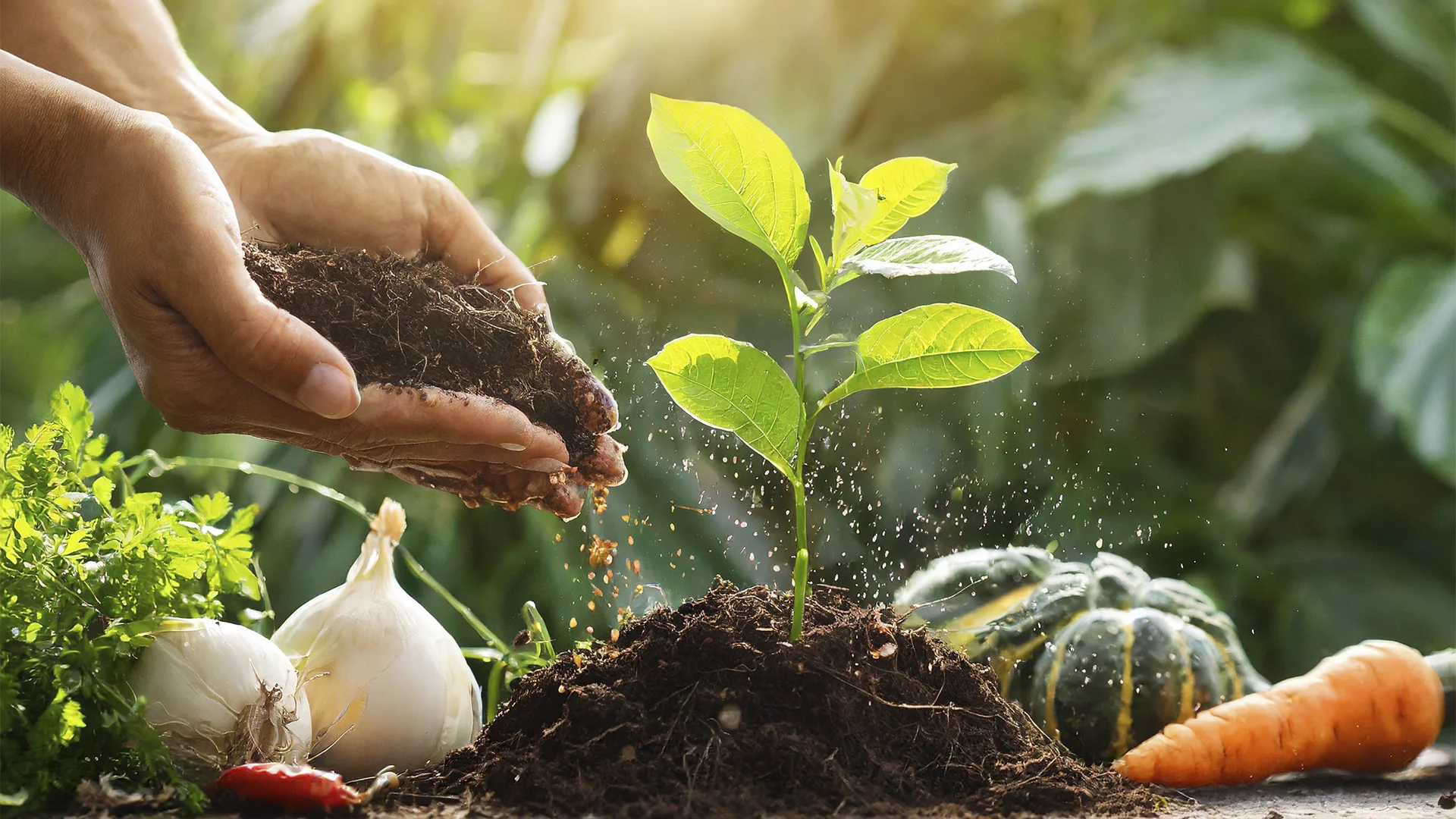
Synergistic Benefits of Combined Applications
The most effective gardening strategies often combine fertilizers and compost to leverage the strengths of both approaches while minimizing individual limitations. Compost provides the foundation of soil health improvement and slow-release nutrition, while targeted fertilizer applications address specific nutrient needs or timing requirements that compost alone cannot meet.
This hybrid approach allows gardeners to maintain healthy soil ecosystems through regular compost applications while providing supplemental nutrition during critical growth periods. The organic matter from compost buffers the potentially harmful effects of synthetic fertilizers, while fertilizers can boost nutrient availability when plant demands exceed compost supply rates.
Successful combination strategies involve establishing a base level of soil health through regular compost applications, then supplementing with appropriate fertilizers based on plant performance, soil tests, and specific crop requirements. This approach provides both immediate and long-term benefits while supporting sustainable gardening practices.
Seasonal Application Strategies
Spring garden preparation benefits from compost applications that improve soil structure and provide baseline nutrition as plants begin active growth. Following initial compost incorporation, targeted Fertilizers vs. Compost applications can support rapid spring growth and establishment of annual plants requiring immediate nutrition.
Summer maintenance may require fertilizer supplementation for heavy-feeding crops or container plants, while compost mulching provides ongoing soil improvement and moisture conservation. The combination addresses immediate plant needs while maintaining long-term soil health throughout active growing seasons.
Fall applications of compost prepare soil for following year’s growing season while fertilizer applications should be limited to avoid encouraging tender growth vulnerable to winter damage. This seasonal approach balances immediate plant needs with long-term soil development goals.
Also Read: Top Mulching Tips for Healthier Plants
Conclusion
The choice between fertilizers vs. compost ultimately depends on your specific gardening goals, environmental values, and practical constraints. Fertilizers excel at providing immediate, targeted nutrition for addressing deficiencies and supporting rapid growth phases, while compost offers comprehensive soil improvement that benefits plants, soil health, Fertilizers vs. Compost and environmental sustainability over the long term.
Most successful gardening approaches incorporate elements of both strategies, using compost as the foundation for healthy soil ecosystems while supplementing with appropriate fertilizers when specific situations demand immediate nutrient availability. This balanced approach maximizes plant health while supporting sustainable gardening practices that benefit both your garden and the broader environment.
The key to success lies in your soil conditions, plant requirements, and long-term gardening objectives. Regular soil testing, careful observation of plant performance, Fertilizers vs. Compost and willingness to adapt your approach based on results will guide you toward the optimal combination of fertilizers and compost for your unique gardening situation.
Whether you choose synthetic fertilizers, organic fertilizers, compost, or a combination approach, the most important factor is consistent application of sound gardening principles that support plant health while maintaining environmental responsibility. Your garden—and the planet—will benefit from thoughtful decisions that balance immediate needs with long-term sustainability goals.

